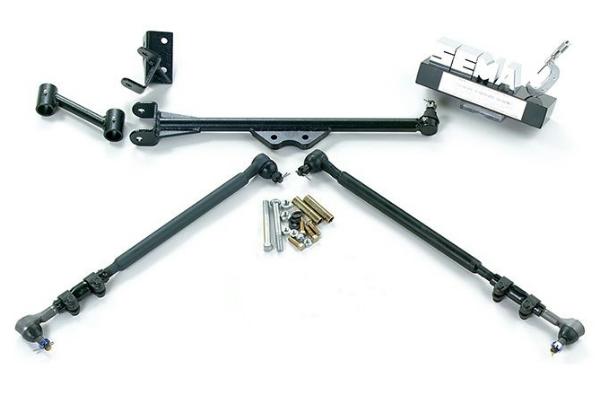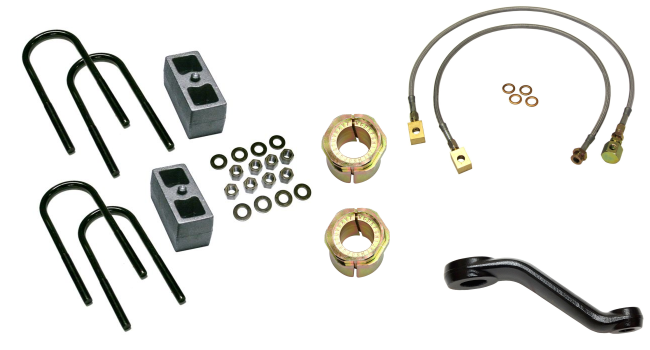
When you lift your 1983-2011 Ford Ranger, there are some suspension accessories that you may need. Even if you’ve bought a new suspension kit, it may not come with a dropped pitman arm.
Extended Brake Lines:
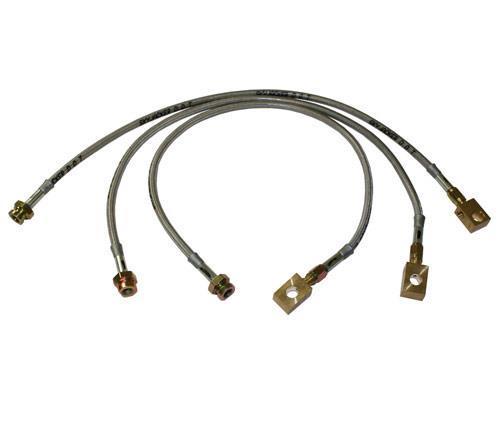
You’ll need longer brake lines if you lift your 1983-997 Ford Ranger 4×4.
Skyjacker (FBL36) 4″- 6″ Front Stainless Steel Brake Line – Pair:
Skyjacker (FBL35) 4″- 8″ Front Stainless Steel Brake Line – Pair:
Skyjacker (RBL35) 4″- 8″ Rear Stainless Steel Brake Line:
Dropped Pitman Arms:
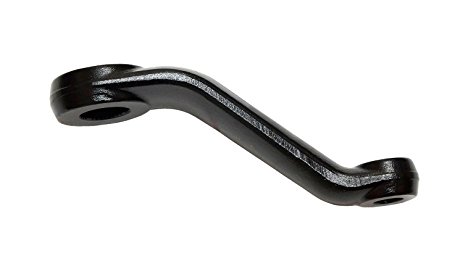
If you lift your 1983-1997 Ford Ranger 4×4 more than 2-inches, you’ll need a dropped pitman arm for proper steering alignment.
Pro Comp FD400 Pitman Arm for Ford Ranger 4″ Lift:
Skyjacker FA400 Pitman Arm for Ford Ranger 4″ – 6″ Lift:
Skyjacker FA600 Pitman Arm for Ford Ranger 6″ – 8″ Lift:
Alignment Bushings:
If you lift your 1983-1997 Ford Ranger 4×4, it will need a new camber/caster bushing to correct the wheel alignment. You can rely on an alignment shop to obtain the proper bushings, or use an adjustable bushing to dial in the alignment.

Moog K8986 Caster/Camber Adjusting Bushing (1990-1997 Ford Ranger 4×4):
Moog K8736 Caster/Camber Adjusting Bushing (1983-1989 Ford Ranger 4×4):
Superlift Superunner Steering:
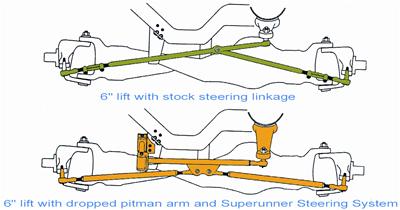
Superlift use to offer a replacement steering linkage setup to improve the steering / handling capabilities of 1983-1997 Ford Ranger 4×4’s (P/N SUP1134). They only offer this kit for the Ford F-150 now.
According to Superlift:
Superlift’s award-winning steering system is available for all vehicle models equipped with Ford’s Twin Traction Beam (TTB) suspension. It consists of a centerlink, an idler arm and mounting bracket, and two tie rod assemblies. The system is compatible with most name brand 4″ to 6″ lift kits. The vehicle must be lifted no less than 3.5″ and no more than 6″, plus be equipped with a Superlift brand dropped pitman arm (purchased separately).
Fords with TTB suspension are known for their somewhat vague steering feel. On off-camber, or less than ideal driving surfaces, continuous corrective steering input is required to keep the vehicle pointed straight. When the vehicle is raised, these inherent tendencies are magnified. To correct this concern, you must: (1) minimize tie rod angles, and (2) improve steering tie rod-to-axle beam “phasing”… the tie rods’ arc of movement should better match the axle beams’ arc of movement.
These two factors greatly impact drivability. When this geometry is askew, the vehicle experiences excessive toe-in/toe-out variations as the suspension travels, resulting in the Ford TTB version of bump-steer.
Superlift offers two methods to improve steering traits. Our dropped pitman arm reduces some of the additional steering linkage angle created by increased ride height. Our pitman arm, used with our Superunner Steering System, further reduces tie rod angles. The new tie rod assemblies, more proportional in length to the axle beams, improve phasing.
On most lifted Fords, installing our dropped pitman arm alone will result in satisfactory steering characteristics. The dropped arm, used in conjunction with our Superunner Steering System, delivers optimum steering traits.
Note: You do not have to use their pitman. Just make sure you’re using a dropped pitman arm if you’re Ranger is lifted.
Rear Lift Blocks:
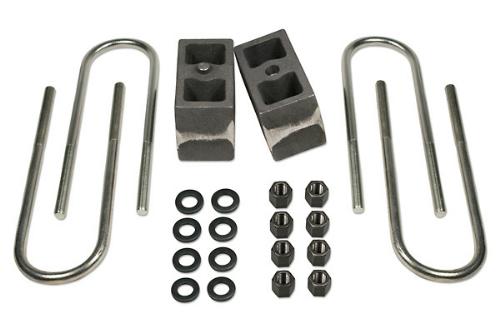
Doing your own lift? You can raise the rear by adding a lift block between the axle and the leaf spring. Some people say you shouldn’t stack blocks claiming that they can come out. I’ve never seen it. I wheeled a V8 Ranger with 33-inch Boggers that had a 2-inch block between the leaf springs and the factory block. I’ve not only wheeled it, but I’ve done burnouts on dry pavement. The blocks stayed put. Lift blocks have a pin and recess that lock them between the spring and factory block, or spring and spring plate. The biggest disadvantage of stacked blocks is the axle wrap they create from the leverage caused from the space created between the springs and axle. I’m sure someone has used a cheap block that has broke, and will feel the need to chime in. Use your own judgement. DO NOT use more than (2) blocks. I also wouldn’t use a total height above 5-inches.
Superlift – 2.5 Inch Block Kit – 1983-1997 Ford Ranger 4WD
Superlift – 3 Inch Block Kit – 1983-1997 Ford Ranger 4WD
Superlift – 4 Inch Block Kit – 1983-1997 Ford Ranger 4WD
Superlift – 5 Inch Block Kit – 1983-1997 Ford Ranger 4WD
Superlift – 2 Inch Block Kit – 1998-2010 Ford Ranger 4×4
Superlift – 2.5 Inch Block Kit – 1998-2010 Ford Ranger 4×4
Superlift – 3 Inch Block Kit – 1998-2010 Ford Ranger 4×4
Superlift – 4 Inch Block Kit – 1998-2010 Ford Ranger 4×4
Add-A-Leafs:
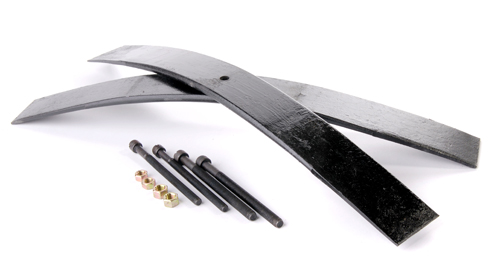
Doing your own lift? You can lift the rear 1-1/2 to 2 inches with an add-a-leaf.
Skyjacker R3135 Softride Rear Add-A-Leaf Helper Spring with Tie Bolt – Pair:
Explorer Pro Comp 13120 Rear Short Add-a-Leaf Kit
Shackle Lift:
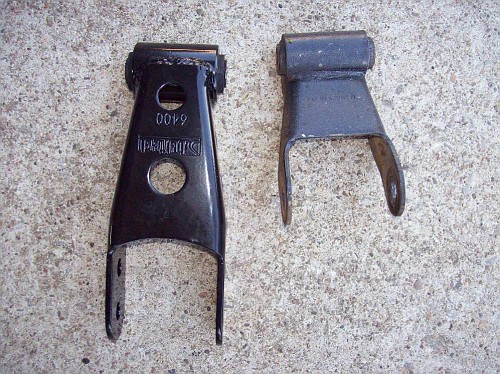
You’ve probably read on this site where people have used a Belltech 6400 shackle to lift the rear of their Ford Ranger. You can see the 6400 shackle in the photo above (left) next to the factory Ford Ranger shackle.
Belltech 6400 Shackle Kit:
Lift Leaf Springs:
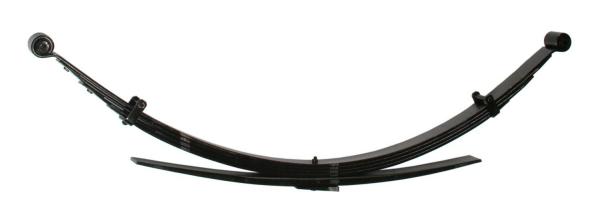
Don’t like the combination of lift blocks and add-a-leafs? You can upgrade your rear suspension with replacement 4-inch or 6-inch leaf springs.
Skyjacker FR34S Ford Ranger 4″ Softride Leaf Springs (1983-2011 Ford Ranger 4×4):
Skyjacker FR36S Ford Ranger 6″ Softride Leaf Springs (1983-2011 Ford Ranger 4×4):
Extended Radius Arms:
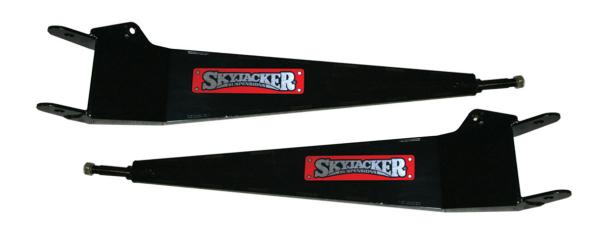
Extended radius arms can increase wheel travel (up to 30%) and help keep caster change to a minimum during suspension cycling. Extended radius arms are a key modification any serious off-road Ranger enthusiast makes when building a serious off-road rig in order to gain wheel travel. Increased wheel travel helps keep your tires on the ground, which help keep you moving forward.
Skyjacker and Superlift both made extended radius arms (Rancho made them for just a very short time), but it appears that only Skyjacker still offers them.

